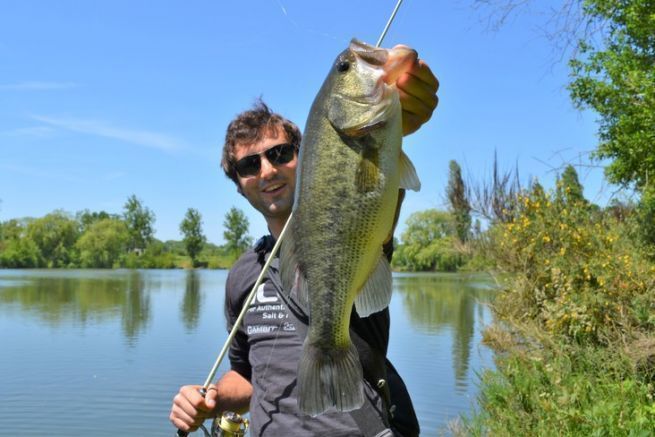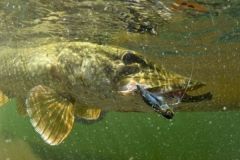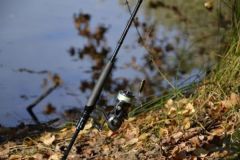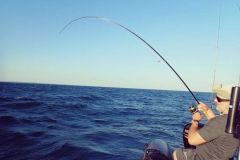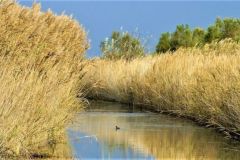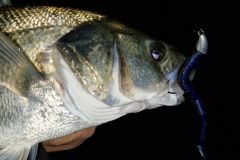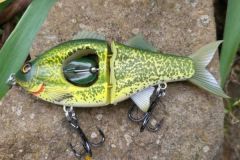The general idea is to favor a stable and firm hold of the fish. The carnivores do not all have the same morphology and it is necessary to adapt to these different profiles to handle the fish or present it correctly during a short photo session.
Through the lower jaw
Some fish have a large mouth with raspy teeth. The easiest way to handle them is to grab them by the mouth. The other hand should ideally relieve the fish for a horizontal hold. With one hand, the fish should be held vertically so that the weight of the fish is well supported by the lower jaw, then aligned with the direction of force.

It is necessary to avoid holding the fish with one hand at the level of the lower jaw and to give an angle. This can damage the jaw of the fish. This outfit is valid for black bass, perch, chub or small catfish. It should be avoided for trout, which have a fragile jaw, or pike, which have sharp teeth.
Through the gills
Some fish can be held firmly by the gills. This is particularly true of pike and large pike-perch. One will take care to seize well the interior of the operculum of the gill and the throat under the mouth at the birth of the gills. One will take care not to take or damage the red gills, charged with blood, which are used for the breathing of the fish. Be also careful with the gills which are cutting in some fish.
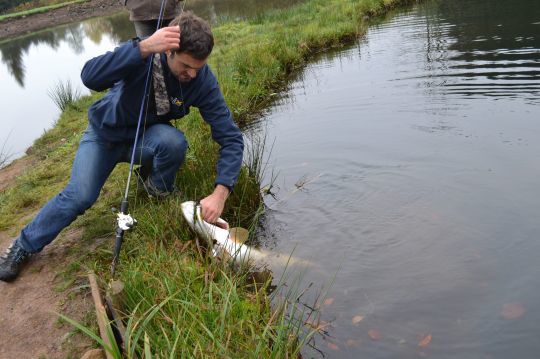
This type of outfit is to be avoided for trout and cyprinids such as ide, chub or asp. It is to be avoided for perch and black-bass which are fishes easier to hold by the mouth.
Horizontal, with one or two hands
Holding fish with two hands is ideal. But on some small fish, it is easier to present them with one hand. One will take care to maintain them firmly without tightening the belly. It is necessary to try to distribute its force as much as possible and not between two fingers for example. This is to avoid damaging the vital organs such as the liver, the oocytes or the heart of the fish.

The use of a landing net
The landing net is a very precious ally for the whole fishing sequence related to the fish. It allows you to shorten and ensure the fight, but also to handle the fish in the water without it falling to the ground. During the photo session, it should ideally be located under the fish so as to catch it if the fish moves or escapes us. It is a precious ally for the predator fisherman, not to say an indispensable ally!
Fish grip to be banned
The use of fishgrips was once fashionable. Fortunately, they are rarely used today on our freshwater predators, and rightly so. These pliers systematically perforated the lower jaw by which the fish was seized and often caused wounds and injuries to fish. They are therefore prohibited in competition. Their use is to be reserved only on marine fish with powerful jaws or on exotic species.
The smaller fish clip works differently. It is not used according to the mass of the fish, but via a spring. It is non-injurious and still practical for handling small fish with stinging or poisonous fins. More for rockfishing enthusiasts.
